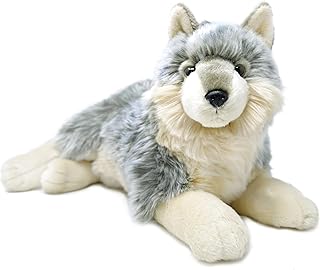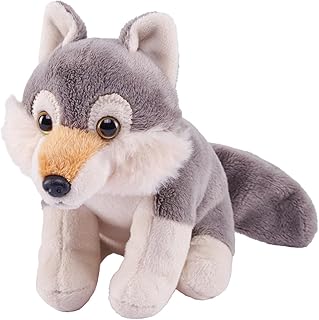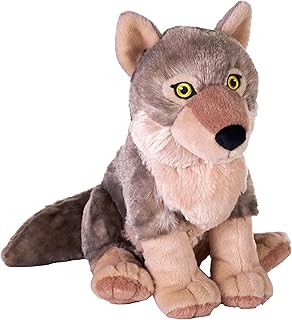The relationship between humans and dogs has a long and complex history, with the earliest examples of canine companions dating back thousands of years. The domestication of dogs from wolves is a topic of ongoing debate among researchers, with some suggesting that the split may have occurred as far back as 30,000 years ago.
Recent findings related to the Tumat puppies, discovered in Siberia, have added new layers to our understanding of early dog domestication. Initially thought to be dogs, genetic analysis and internal examinations have revealed that these well-preserved animals were likely wolf cubs. Their diet, which included woolly rhinoceros, provides insights into the environment and behavior of ancient wolves.
The discovery of the Tumat siblings near woolly mammoth bones hints at a possible connection between early hunters and these animals. While the puppies’ fur color initially suggested they were dogs, their genetic identity as wolves challenges previous theories. Despite this revelation, the study of these ancient animals sheds light on the similarities between Pleistocene wolves and their modern counterparts.
University of York archaeologist Anne Kathrine Runge expressed astonishment at the level of preservation of the Tumat siblings and the wealth of information that their remains have provided. The findings have sparked further research into the earliest interactions between humans and dogs.
Experts speculate that the wolves living during the Pleistocene era may have been larger than modern wolves, based on the size of the woolly rhinoceros found in the puppies’ stomach contents. This suggests that ancient wolves may have had different hunting behaviors and prey preferences compared to their present-day descendants.
The Tumat puppies’ discovery has raised questions about the nature of human-dog relationships in ancient times, prompting researchers to delve deeper into the evolutionary history of canines. While the puppies may not have been early domesticated dogs as previously thought, their story provides valuable insights into prehistoric ecosystems and animal behavior.
As scientists continue to unravel the mysteries of early dog domestication, the study of ancient wolves like the Tumat siblings offers a glimpse into the complex and intertwined history of humans and canines.
📰 Related Articles
- Tragic Discovery of Missing Toddler’s Remains Reveals Heartbreaking Saga of Family Loss and Legal Actions
- Study Reveals AI’s Limitations in Scientific Discovery Creativity
- Oxford Exhibition Reveals Tutankhamun’s Tomb Discovery Collaborative Efforts
- New Study Reveals Ancient Cultural Diffusion in Neolithic Anatolia
- New Research Reveals Chinese APT Group Domain Connections






